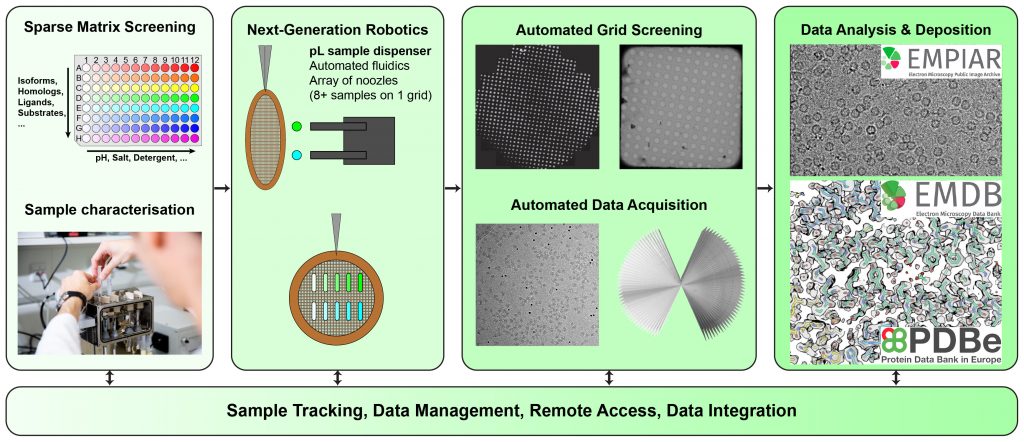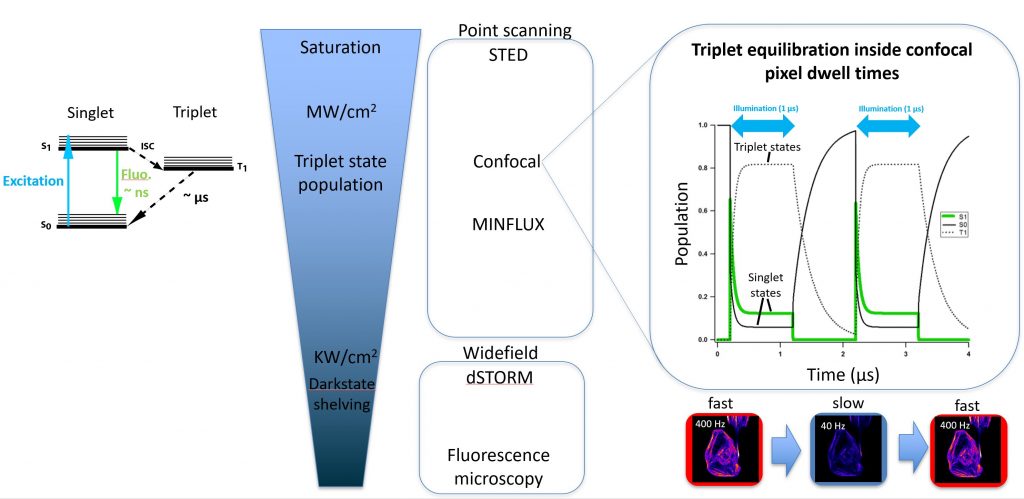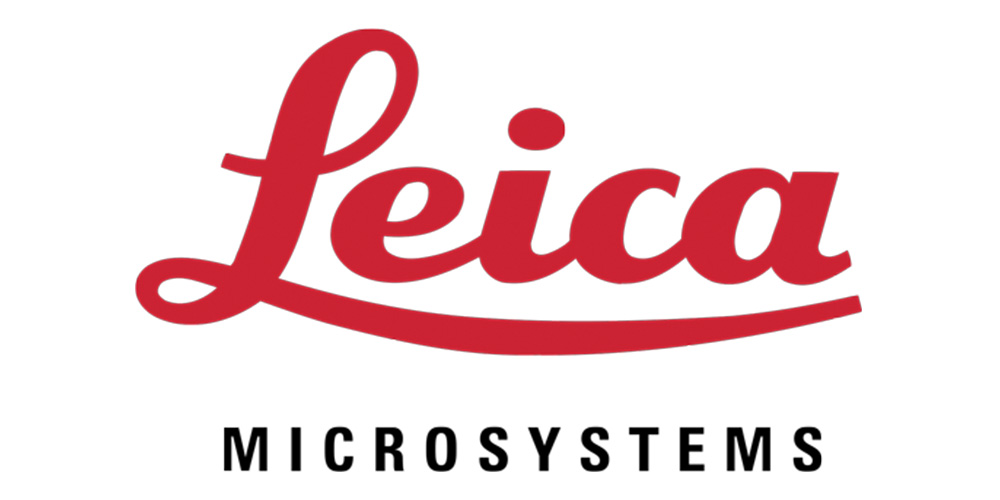Innovation & Research
Technology Development as an integral part to drive the best service
The development of advanced imaging technologies continues a long and successful tradition at EMBL, with many inventions and patents in light and electron microscopy. Constant improvement and development of new imaging and correlative technologies is also an inherent part of the EMBL Imaging Centre, jointly by EMBL Imaging Centre service with EMBL research staff, as well as with industrial partners.
Open Innovation – Technology development jointly with industrial partners
EMBL has a long successful history in technology development in collaboration with industrial partners. Technology development in context of the EMBL Imaging Centre aims to drive industrial early-stage next generation technologies by biological applications based on the needs of the user community. This novel concept of collaboration between academia and industry is underpinned by longer term partnerships and agreements. In such an “open innovation” environment, technology development is done side by side with users testing new technologies for applicability in their research. Partner companies can thus feed these experiences directly back into their R&D, to make sure new products deliver what users need to accomplish their research goals. Inherent to this concept is a great opportunity to mobilise funding for such public-private partnerships.
The EMBL Imaging Centre is grateful to call four leading companies in microscopy technology founding technology partners – Abberior Instruments, Leica Microsystems, Thermo Fisher Scientific and Zeiss Microscopy.
We remain however open to work with additional companies in complementary technology areas. If you are interested in such collaboration please contact Stephanie Alexander.
Read more
Partnership on MINFLUX nanoscopy
Read more
- Long-term collaboration framework agreement in an open innovation concept
- Collaborative research in the state-of-the-art imaging centre. More
Read more
Partnership on Tundra Cryo-TEM
Read more
Long-term collaborative framework agreement to accelerate the development of imaging technology.
Research within EMBL Units
Mattei team
The Mattei research team is affiliated with the Molecular Systems Biology Unit at EMBL Heidelberg. The team members develop methods and software supporting high-throughput and fully automated pipelines to tackle the current challenges in cryo-EM sample preparation and screening.

Zimmermann team
The Zimmermann research team is affiliated with the Cell Biology and Biophysics Unit at EMBL Heidelberg. The team is interested in method development in the areas of super-resolution microscopy and cryo-fluorescence microscopy. A specific focus lies on a better understanding of intermittent darkstates of fluorescent molecules (“blinking”) and how these states are populated at different light intensities (as found in point scanning and widefield imaging) and temperatures.




